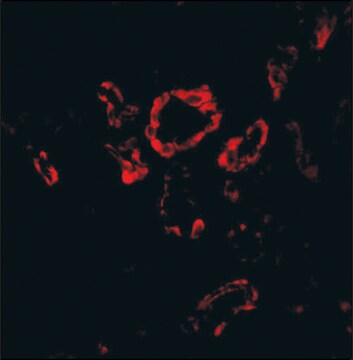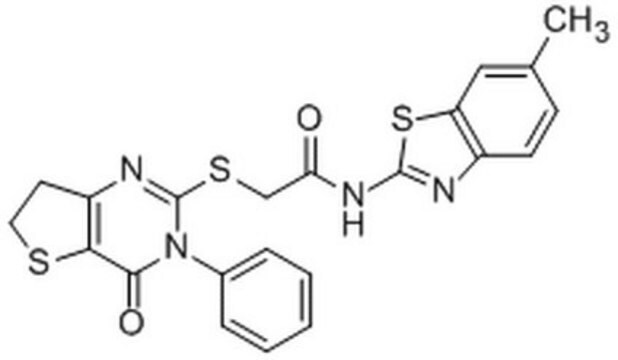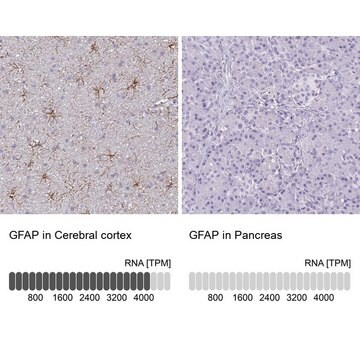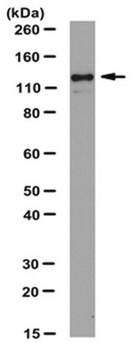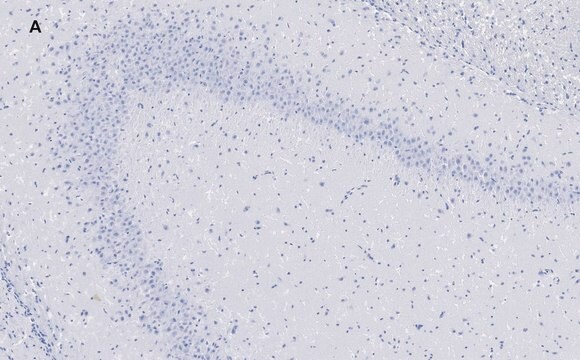ABE993
Anti-SLUG (SNAI2)
from rabbit
Sinônimo(s):
Zinc finger protein SNAI2, Neural crest transcription factor Slug, Protein snail homolog 2
About This Item
Produtos recomendados
fonte biológica
rabbit
Nível de qualidade
forma do anticorpo
affinity isolated antibody
tipo de produto de anticorpo
primary antibodies
clone
polyclonal
reatividade de espécies
human
reatividade da espécie (prevista por homologia)
rat (based on 100% sequence homology), canine (based on 100% sequence homology), sheep (based on 100% sequence homology), bovine (based on 100% sequence homology), porcine (based on 100% sequence homology)
técnica(s)
immunohistochemistry: suitable (paraffin)
western blot: suitable
Isotipo
IgG
nº de adesão NCBI
nº de adesão UniProt
Condições de expedição
ambient
modificação pós-traducional do alvo
unmodified
Informações sobre genes
human ... SNAI2(6591)
Descrição geral
Especificidade
Imunogênio
Aplicação
Epigenetics & Nuclear Function
Qualidade
Western Blotting Analysis: 2 µg/mL of this antibody detected SLUG (SNAI2) in 10 µg of HepG2 cell lysate.
Descrição-alvo
forma física
Armazenamento e estabilidade
Outras notas
Exoneração de responsabilidade
Não está encontrando o produto certo?
Experimente o nosso Ferramenta de seleção de produtos.
Certificados de análise (COA)
Busque Certificados de análise (COA) digitando o Número do Lote do produto. Os números de lote e remessa podem ser encontrados no rótulo de um produto após a palavra “Lot” ou “Batch”.
Já possui este produto?
Encontre a documentação dos produtos que você adquiriu recentemente na biblioteca de documentos.
Nossa equipe de cientistas tem experiência em todas as áreas de pesquisa, incluindo Life Sciences, ciência de materiais, síntese química, cromatografia, química analítica e muitas outras.
Entre em contato com a assistência técnica